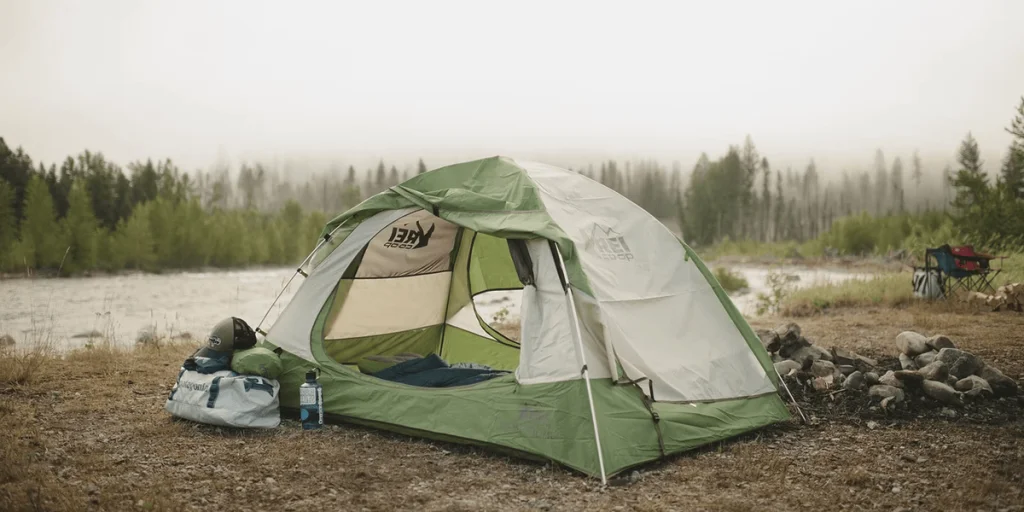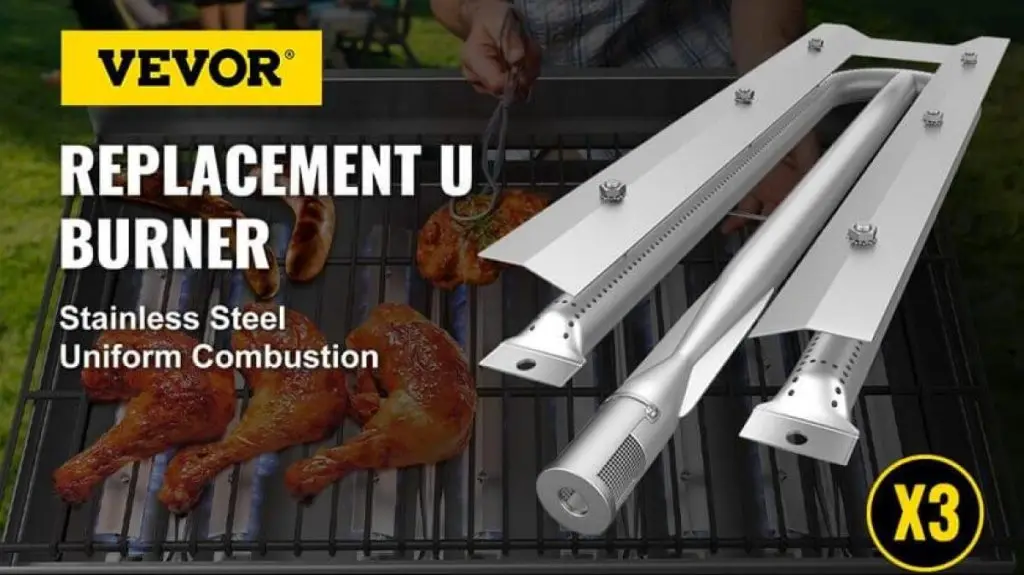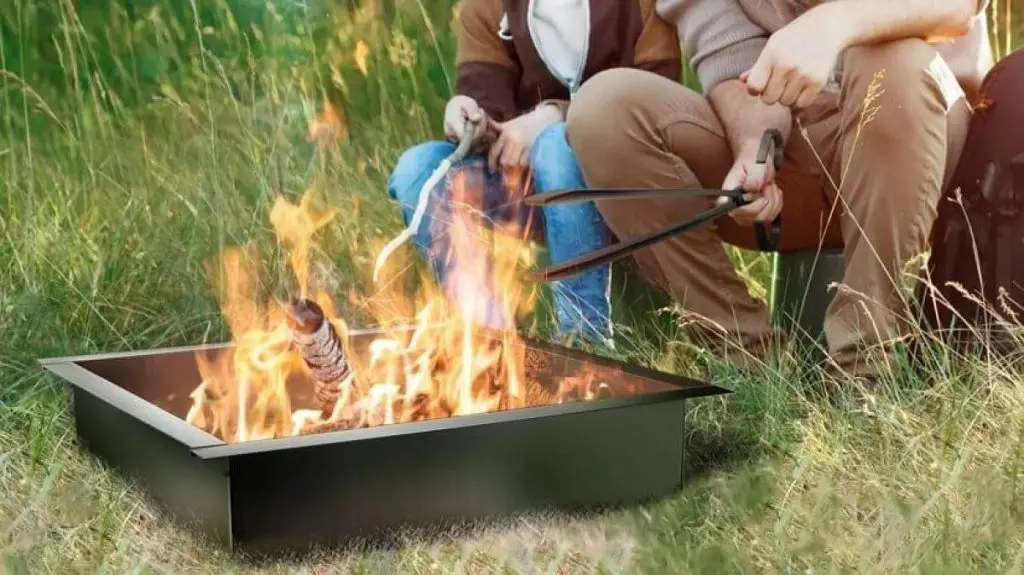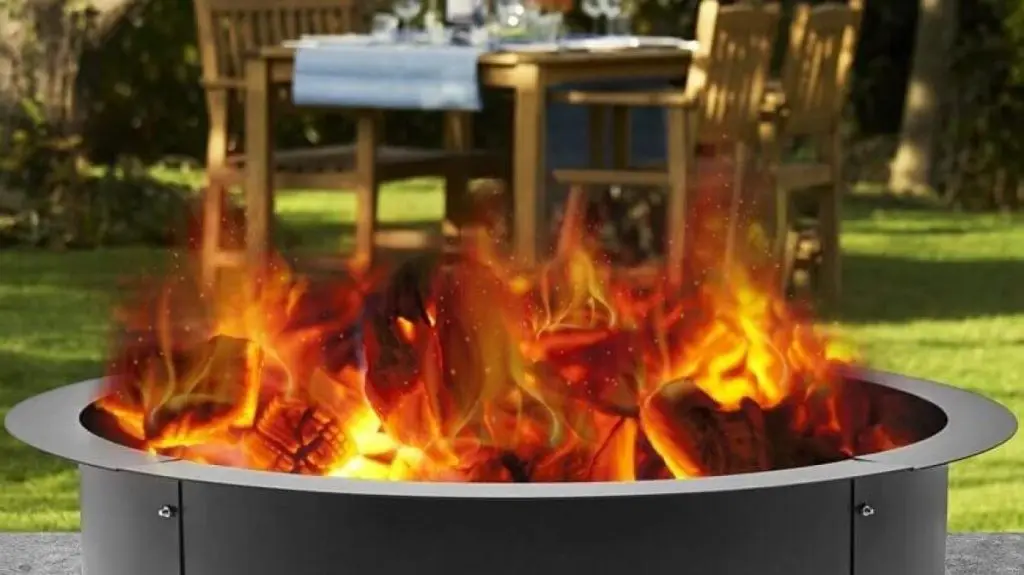Do you think tents and canopies are the same thing? Do the differences confuse you? You’re not alone. Tents and canopies have similarities that have people using the names interchangeably. But experts know that both coverings serve different purposes.
Although they may have similar materials, a closer look will show you that the tent is best for overnight sleepovers, while you can use a canopy for your morning and noon parties.
VEVOR produces canopies and tents to make your next outdoor activity comfortable. The difference lies in usage, setup, and design, which you’ll discover now. So, let’s go!
Table of contents
What is a Tent?

A tent is a complete shelter in different shapes and sizes, with sheets covering all sides. There’s usually an opening that serves as a door for entry and exit and pole frames holding the sheets in position.
Typically, ropes and stakes attach the sheets to the poles, especially in large tents. As you have noticed, tents come in different sizes and shapes, all of which serve different purposes.
The standard designs are the beach and hammock tents, which come in triangular shapes, but there’s more! We have the backpacking tent, which has a foldable design that transforms into a backpack.
VEVOR also has an Ice Fishing Shelter, a Privacy Tent, a vertical shower tent size 66” x 66” x 87”, and a Camping Tent, a dome-shaped design worth $70.35 – $98.49.
VEVOR’s Ice Fishing Shelter has a detachable ventilation window for eight people. It’s suitable for large-group fishing or camping trips.

What is a Canopy?

Unlike a tent, a canopy is a covering with only a top sheet and no side coverage. The suspended top often stands on pole frames and has a standard four-sided design. Canopies are suitable for outdoor parties, especially ones with heavy leg traffic.
The best canopies today are pop-up designs for easy assembly and dismantling. There aren’t many designs different from the standard suspended top and pole support except the awning.
Awning canopies often have only two pole supports because the suspended top attaches to a wall. They’re ideal shades for your patio, backyard, pool area, and gardens.
VEVOR has a Vehicle Awning for shading cars in your garage and a pop-up Canopy for outdoor parties. The VEVOR Vehicle Awning has a wind and waterproof, durable UV protective sheet. It comes in a large 10’ x 7’ size and is meant for side affixations.
Meanwhile, the VEVOR Pop-Up Canopy is 9ft high with a 10 x 10 ft length and width that fits six to eight people.
You can store the VEVOR pop-up canopy and its accessories in a wheeled storage bag when not in use.
Canopy VS. Tent: A Head-to-Head Comparison

Meanwhile, VEVOR has a canopy tent that blends the design of both coverings into one multipurpose product.
The VEVOR Canopy Tent has a gazebo top fitted on a square frame. The poles have an adjustable height of 10ft from 7ft for the most significant size.
It’s suitable for housing six to seven people during a party and has a carry-all bag for easy storage and transport. This canopy tent from VEVOR is a perfect example of the similarities and differences between a canopy and a tent.
A tent gives full coverage because it has sheets on all sides, while a canopy provides partial protection from the top.
Let’s compare canopies and tents more comprehensively using tangible metrics like function, size, assemblage, features, and durability.
Similarities Between a Canopy and Tent
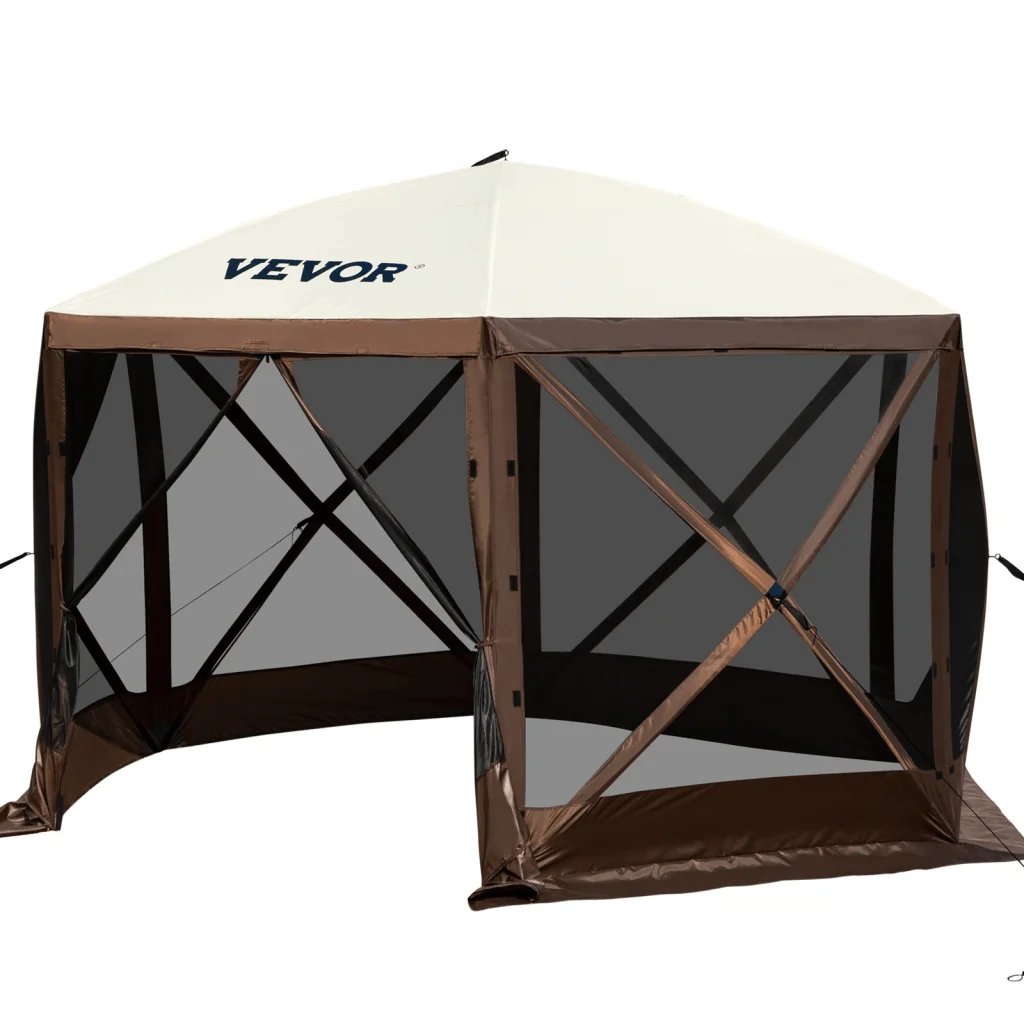
- Function: VEVOR canopies and VEVOR tents are overhead coverings for outdoor events. So, you’re guaranteed protection whether it rains or the sun is hot. You can fit your barbeque stands, food stands, chairs, tables, and DJ music stations in both coverings.
- Size: An average VEVOR canopy or tent can fit about 8 – 12 people. The large ones can be as big as 10 x 12 ft and 19.7 x 13.1 x 9.8 ft. If your party is small, there are compact canopies and tents to fit 1 – 3 people, too!
- Assemblage: Every VEVOR tent and canopy comes with a manual for assembling and dismantling the equipment. The easy setup steps are also available on the official website. You’ll complete the setup in 10 – 30 minutes.
- Features: VEVOR’s tents and canopies offer good cross-ventilation, excellent airflow, and sturdy poles. They have accessories to pin them to the ground and keep them from flying off in heavy wind or rain.
- Durability: All VEVOR tents and canopies are made from harsh weather-resistant materials to ensure usage during all four seasons. The fabrics are tear-proof, bite-proof, and sometimes come with UV protection.
Now, let’s check out the differences between VEVOR canopies and tents.
Differences Between a Canopy and Tent
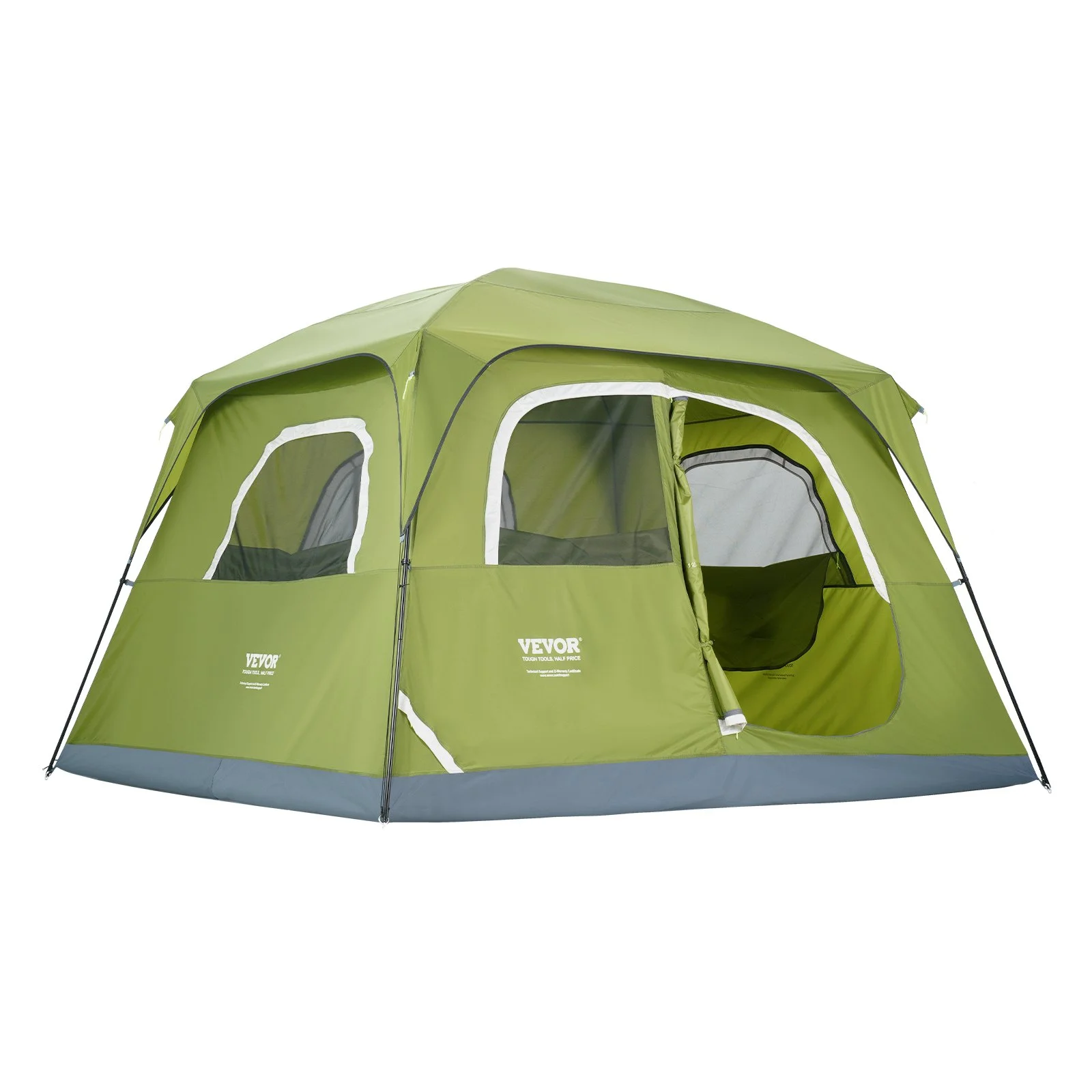
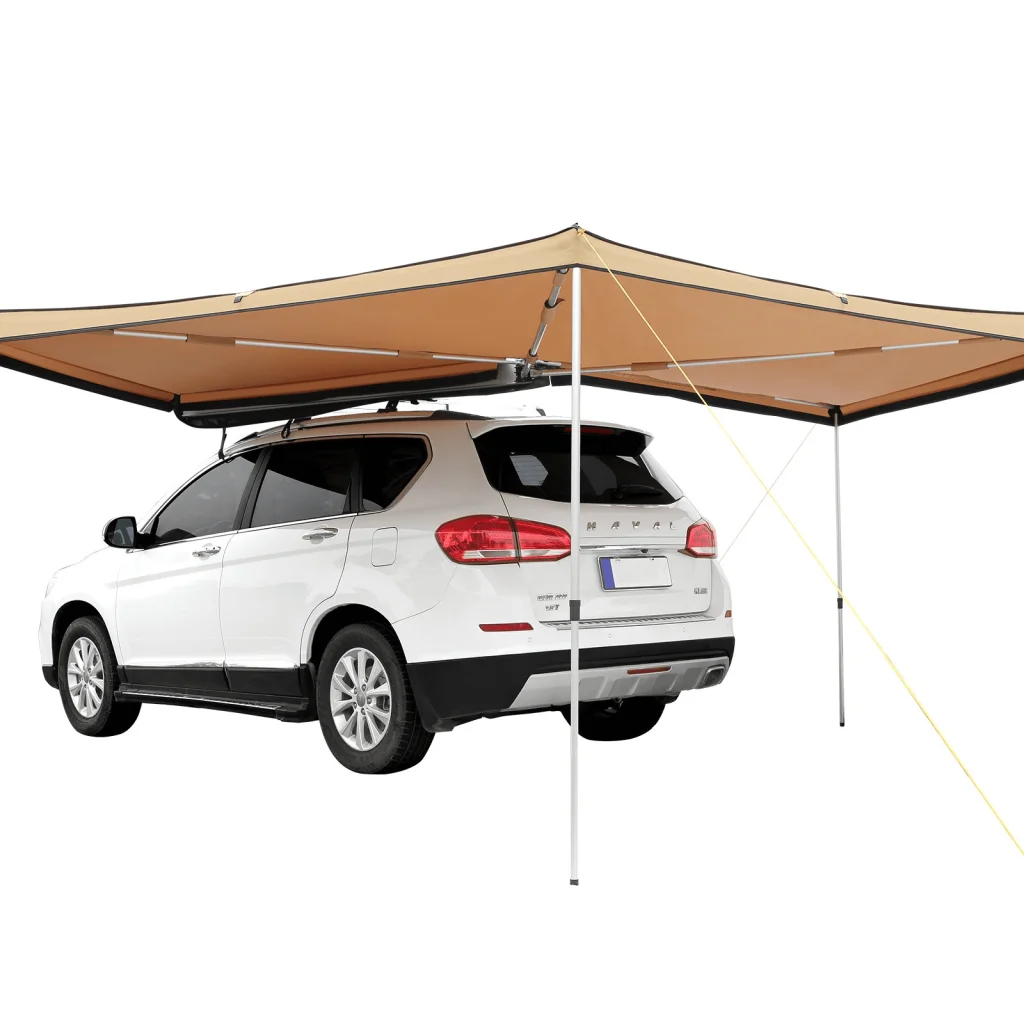
Although the VEVOR canopy can become a tent when you add the walls and the VEVOR Canvas Bell Tent can become a canopy, they’re not the same. Here’s a breakdown of their differences.
- Function: You can’t use a canopy at night because it doesn’t protect you from bugs, unlike the VEVOR tent, which shields you all around.
- Size: Tents can typically be bigger than canopies. The VEVOR Camping Gazebo Screen Tent extends to 12 x 12ft, the Truck Bed Tent is as big as 6.4 x 6.7 ft, and the 6-man Camping Tent is 10 x 9 x 6.5 ft. Meanwhile, the VEVOR canopy is 10 x 12 ft at its biggest.
- Assemblage: You need two people to set up the VEVOR canopy in 5 – 10 mins, but only 1 – 4 people are needed for a pop-up VEVOR tent.
- Features: Every tent, including VEVOR varieties, has more accessories than canopies. Tents need extra pegs, stakes, and ropes to secure the sides to the ground, while a canopy only needs its poles firmly on the ground to stand erect.
- Durability: VEVOR tent materials are longer-lasting than the canopy because they’re made to be highly resistant. While the canopy will survive harsh sunlight and heavy rain, it’s less likely to protect you from bugs like the VEVOR tent at night.
If you want durability and versatility, buy a VEVOR tent or canopy. You can add side walls to the VEVOR canopy tent for more coverage or raise the side flaps of a VEVOR Mongolian yurt or any frame tent to open the space.
You can also adjust the size of your VEVOR pole tent and canopy depending on the items inside and the interior decor.
Pros and Cons of Canopies and Tents
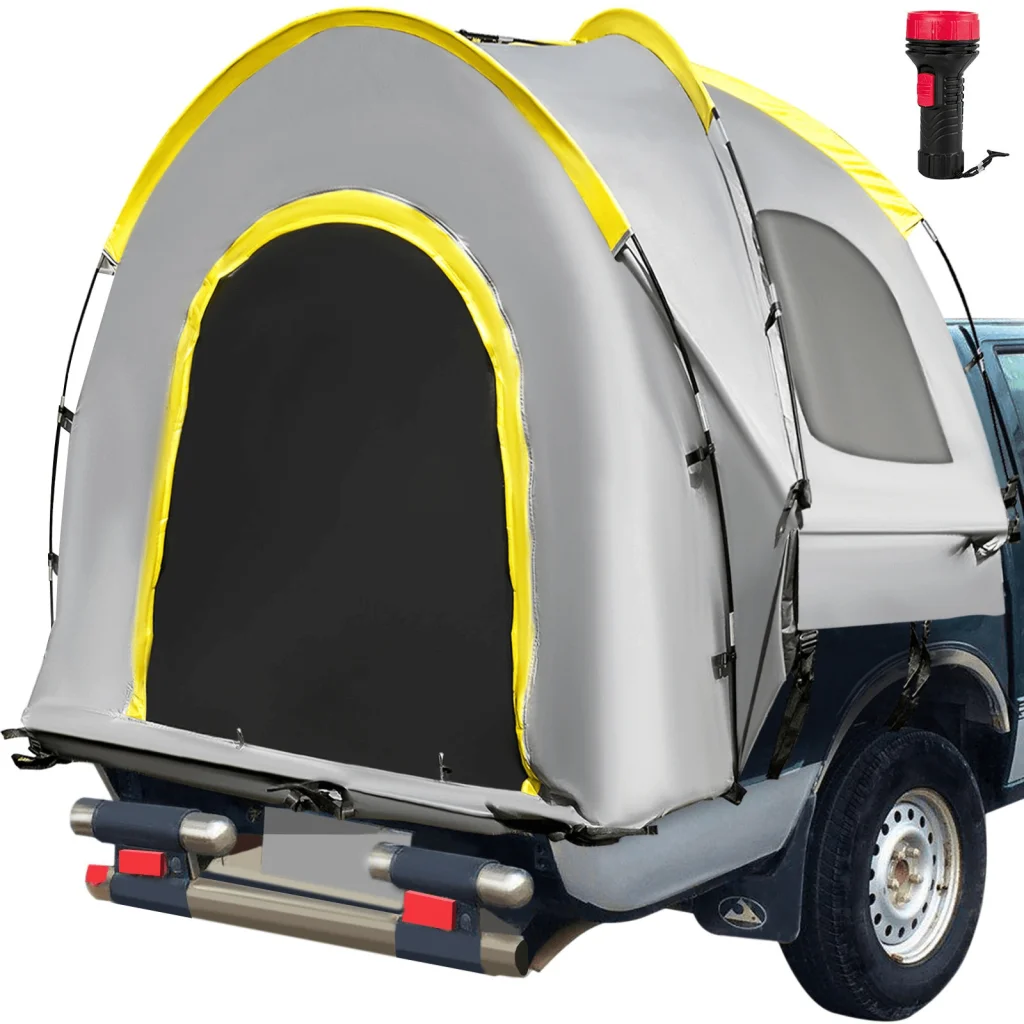
Here’s a quick overview of the differences between a tent and canopy to make your choice easier.
| Pros | Cons |
| You can carry your set-up tent anywhere and even attach it to your pickup truck. | Canopies are typically stationary making them unable to move around after setting up. |
| Tents give all around protection because they have coverings on all sides. | Your canopy won’t shield you from heavy rain falling sideways unless you have the VEVOR convertible canopy tent which comes with side walls. |
| There are multiple types of tents to suit different purposes like the grow tent for plants, camping tent for campfire nights, Yurts for group sleepovers, and shower tent for outdoor showers. | There’s only one canopy design which is the overheard covering with standing poles. |
| Canopies give more leg room for traffic making them better for outdoor parties. | Tents are restrictive because of their fully covered structure. |
| Canopies are often very tall reaching up to 10 – 12ft. | Tents aren’t as tall as canopies although they’re sometimes wider. |
Factors to Consider When Choosing Either a Canopy or Tent
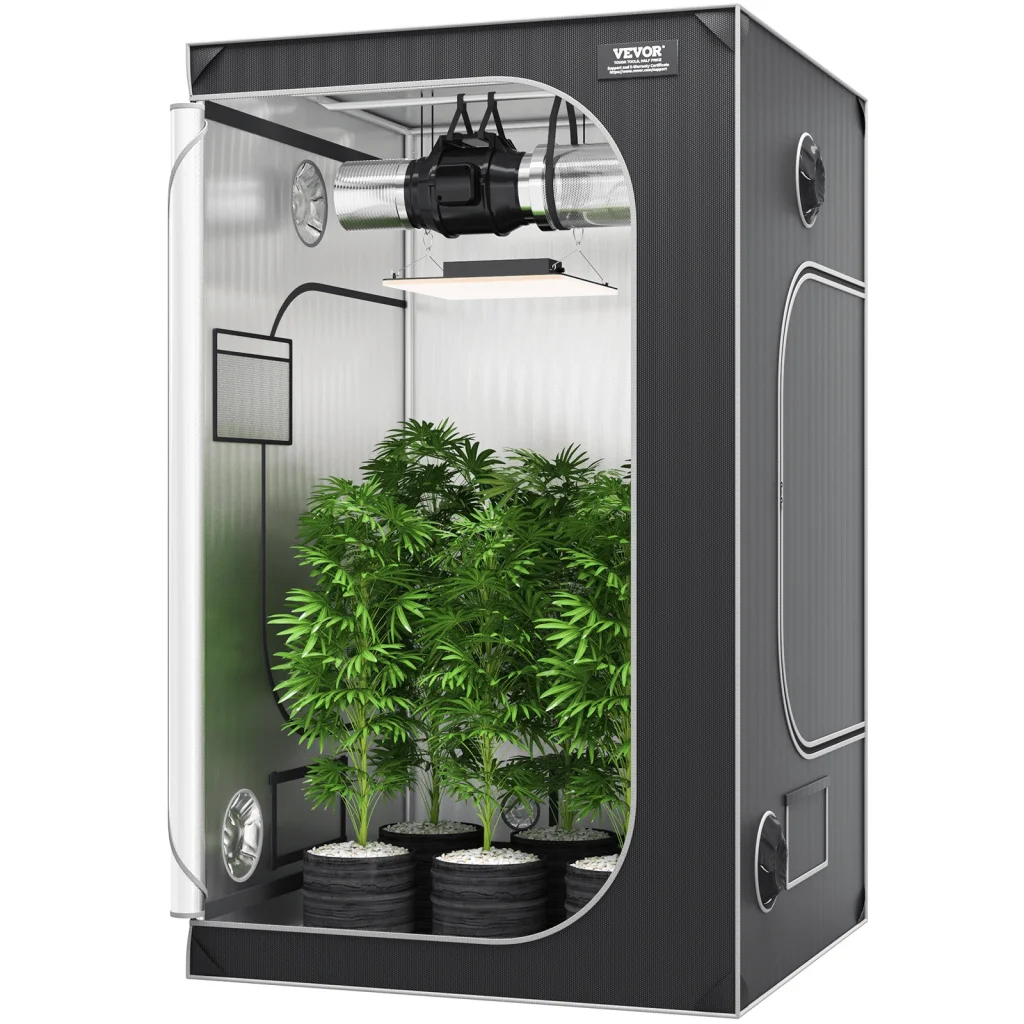
Now that you understand the differences and similarities between the portable canopy and tent, let’s discuss how to pick one. Use these factors as your checklist when choosing a VEVOR canopy tent or any other product.
- Purpose: Are you going on a trip to the beach or woods? Then you’ll need a VEVOR camping tent. If you’re hosting an outdoor party with barbeques and food stands, the VEVOR 10 x 10 ft or 10 x 12 ft canopy tent is ideal. With the canopy tent, there’s no struggle moving in and out of the area to socialize, while the VEVOR tent keeps you safe overnight. You wouldn’t worry about bugs, rodents, or animals entering your space. Also, some tents are meant for growing plants like the VEVOR grow tent pictured above.
- Location: Is your location’s ground soft and sandy or hard and rocky? Can you knock pegs into the ground when setting up your canopy or tent? If the ground is hard, choose a canopy with firm poles.
- Size: How many people do you want to fit into your canopy or tent? Get the smaller coverages for personal use and large sizes for parties and group trips. There’s no point spending hundreds of dollars on an 8-man VEVOR canopy or tent if you only need space for one person.
- Leg Type: Choose a straight leg pole over a slant leg canopy for a solid grip on the floor for canopies. It’ll ensure the canopy sits firmly against the wind or rain, unlike a slant leg that carries less weight.
- Material: If you’re going to a water-filled area, it’s best to buy a water-resistant tent and a canopy and go for the anti-UV rays material. Choose a canopy made of polyester and rust-resistant poles to ensure longevity. Choose a Dacron tarp, cotton canvas, or Oxford fabric with double stitching for your tent, depending on the type. Double-stitching keeps the material tear-proof while ensuring unrestricted airflow.
- Portability: Regardless of your canopy and tent’s benefits, it’ll be useless if you can’t move it around quickly. Get a portable product for easy assembly, dismantling, and storage. VEVOR canopies and tents have storage bags that sometimes come with tires for easy transportation.
- Affordability: The goal is to get quality products at a budget-friendly rate. You can buy a VEVOR 10 x 12 ft canopy tent for $245.99 and a 10 x 10 ft for $149.99. You’ll spend up to $650 for the VEVOR Mongolian Yurt and as low as $110 for the 6.5 ft camping tent.
You’re now a pro at selecting the best canopy and tent. But before we go, let’s answer some popular questions to clear any other lingering doubts!
FAQs
What is the Difference Between a Canopy and Tent?
A Canopy is a structure with a top covering sitting on four poles and no sides while a tent is an enclosed shelter.
Where Can I Use a Canopy or Tent?
You can use canopies for your large or small events whether indoors or outdoors while tents are more suitable for smaller crowds. If you’re confused about which one to choose, then get the VEVOR canopy tent that transforms into both depending on how you assemble it.
Can a Canopy Be Used as a Tent?
Yes, you can use your VEVOR canopy as a tent. It comes with an attachable side wall and a curtain tie to secure the drape when you form an opening. Not every brand offers this kind of versatility with its canopies. So, it’s a bonus advantage to getting VEVOR.
Can you Replace a Tent with a Canopy?
No, you can’t replace a tent with a canopy. Although they’re designed to be tents, some VEVOR tents can serve as canopies when you lift the side walls. You can buy a VEVOR Mongolian Yurt, the Camping Gazebo Screen Tent, or the Canvas Wall Tent.
What is a Canopy Tent?
A Canopy Tent is VEVOR’s unique fusion of a canopy and tent into one product. It has two detachable parts that allow you to use the product as one or the other, depending on your preference.
Summing Up
So, there you have it! Despite their similarities, a canopy and a tent aren’t the same product. You can alternate their usage when you buy the right brand, like the VEVOR canopy tent. But failing that, you’ll have to choose the correct product for your purpose. You can use a tent for camping trips and outdoor events requiring extra security and coverage from rodents and insects. Then, use your canopy for outdoor parties or shield your car from the harsh sun.

